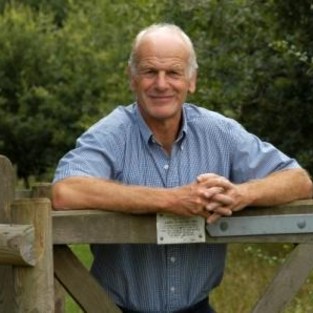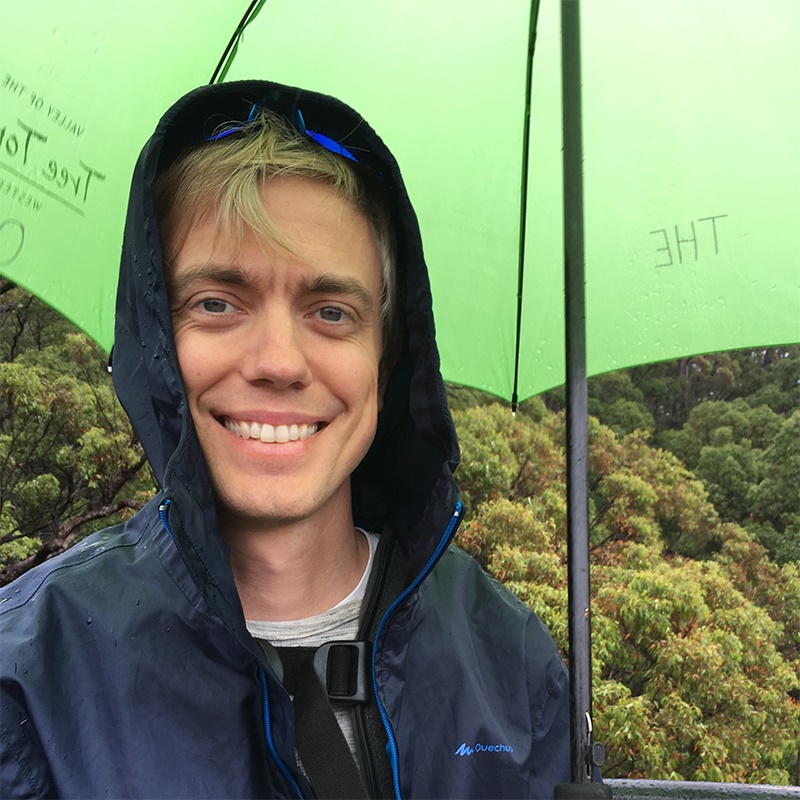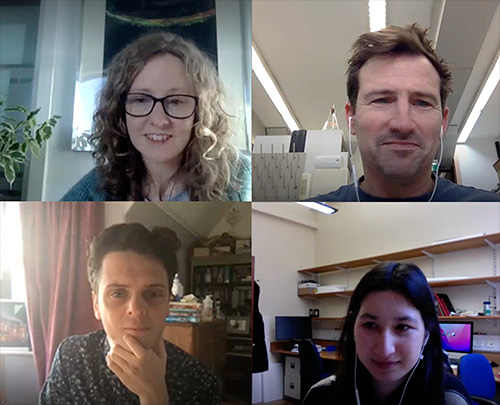About The Forest of Biologists
The Forest of Biologists is a biodiversity initiative launched by The Company of Biologists, with support from the Woodland Trust. The aim of the initiative is to counteract nature loss, and safeguard some of the most critically endangered ecosystems for future generations. For every Research Article and Review article that is published in one of our journals, a native tree is planted in a forest in the UK. In addition to planting new trees, we are also funding the restoration and protection of ancient woodland and dedicating these trees to our peer reviewers, who help us protect the integrity of the scientific record. All of these real trees are also represented in a virtual forest, providing a way for authors and reviewers to keep track of our progress, and to take part in our journey. The Forest of Biologists is a celebration of the work of the scientists whose research and expertise fills our journals, and whose inspiring ideas help us to better understand the world. It is also a clear and visible symbol of The Company of Biologists’ commitment to sustainability.
Real-life trees
Authors’ trees are planted in real living groves within the Young People’s Forest at Mead in Derbyshire. The site of this new forest is a former open-cast mine that is now being restored back to its original condition as native woodland. Accordingly, the trees being planted comprise a range of native UK tree species including silver birch, oak, lime, alder, rowan and hawthorn. The forest site also includes ponds, open spaces, and species-rich grassland areas. This diverse mix of plant species and environments is critical for promoting and supporting biodiversity at all trophic levels. It reduces the vulnerability of the forest to diseases and pests, and enhances the resilience of our newly created forest ecosystems in a changing climate. In addition to the positive impact on biodiversity, The Company of Biologists has chosen to support the Young People’s Forest as it also provides first-hand experience in habitat restoration to young people and thus promotes education in biology and environmental stewardship.
In recognition of our peer reviewers, we are funding the restoration of nearly 12 hectares of degraded temperate rainforest at Great Knott Wood, overlooking Lake Windermere within the Lake District National Park. Temperate rainforest is one of the rarest forest habitats in the world, and in the UK they support an enormous range of mosses, lichens, ferns, and grasses. They are home to many species of insect and mammal, and are important breeding grounds for migrating birds. Great Knott Wood is an ancient woodland that was severely degraded by both extensive conifer plantation and storm damage. Restoration efforts include the protection of veteran trees and deadwood, removal of non-native species, and the gradual thinning of the canopy to carefully increase light levels. Together these activities will help counteract biodiversity loss and protect these habitats for future generations.
Our trusted partners
As we aim to make a positive difference, it’s important that we think carefully and that our actions are directed and evaluated by science. We’ve therefore chosen to work with the Woodland Trust, the UK’s largest woodland conservation charity focusing on the role that trees and woods play in tackling the threats of climate change and nature loss.

John Tucker – Woodland Trust Ambassador
“The nature and climate crises we face require urgent action – and that action needs to be directed and evaluated by science. That’s why we are really excited to be working with The Company of Biologists on both the restoration of ancient woodlands and the creation of new woodlands. Ancient woodland is one of our most biodiverse habitats and using these as the building blocks for woodland and habitat expansion give us the best opportunity to address these crises together.”
The virtual forest
All trees, both planted and protected in real forest sites, are represented in the virtual forest. When an article is published, a new tree dedicated to that article appears in the forest. Authors can see which species have been planted on their behalf, and in which forest the tree is located. When a peer reviewer completes the peer review process for an article, a tree is dedicated to them in our ancient woodland site. There is no association between peer reviewer names and articles and peer reviewer trees are added to the virtual forest periodically, thus trees can be safely dedicated to peer reviewers without compromising their anonymity.
The person who planted the seed that grew into The Forest of Biologists was Steven Kelly, former Editor-in-Chief of Biology Open and Professor of Plant Sciences at the University of Oxford. He had a vision for a true community project that centred around the protection of biodiversity and that made a lasting and positive impact on our environment.

“I believe this is an important step in the evolution of scientific publishing. Now, our author and reviewer contributions to biological knowledge also contribute to the natural world.”
Prof. Steve Kelly – University of Oxford, UK
For biologists, for biology
This is your forest, where every tree represents either a published article or a peer review.
The Forest of Biologists shortlisted for ALPSP Impact Award 2024

We are very proud that The Forest of Biologists has been shortlisted for the ALPSP Impact Award 2024. This annual award, granted by the Association of Learned and Professional Society Publishers, recognises initiatives, projects, campaigns or collaborations demonstrating beneficial impact within scholarly publishing and communications.
Forest video
Publisher Claire Moulton explores both the Young People’s Forest at Mead, where new trees are being planted on behalf of authors, and Great Knott Wood, Lake Windermere, where ancient woodland is being protected on behalf of peer reviewers.
Sustainability
The Forest of Biologists represents an important step in our commitment to incorporate sustainability thinking into all aspects of what we do. With its focus on biodiversity, it adds to a growing set of sustainability initiatives at The Company of Biologists.
Thank you

Our thanks go out to all those who have helped to make this project happen. We would specifically like to thank Steven Kelly for the initiation of this project, the Board of Directors for their support, Directors Jane Langdale and Peter Rigby for their valuable feedback, and Hannah Brunsdon (MRC Human Genetics Unit, University of Edinburgh), Jeroen Dobbelaere (Max Perutz Labs, Vienna), Sophie Johnson (University of Oxford), William Joyce (Aarhus University), and Annis Richardson (University of Edinburgh) for their helpful insights and comments.
Image credits
We would like to thank the following people for allowing us to use their images on this website: Zephir Brush (via Unsplash), Philip Formby (WTML), Jonathan Larson (via Unsplash), Richard Loader (via Unsplash), Wayne Millard, Claire Moulton, John Price (via Unsplash), Adam Przeniewski (via Unsplash), Richard Pumphrey, Sam Pumphrey and James Reader (Front Row Films/WTML).


